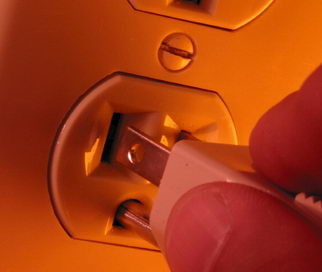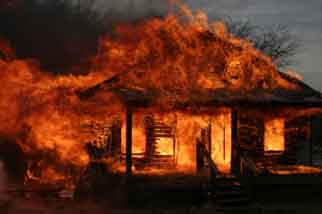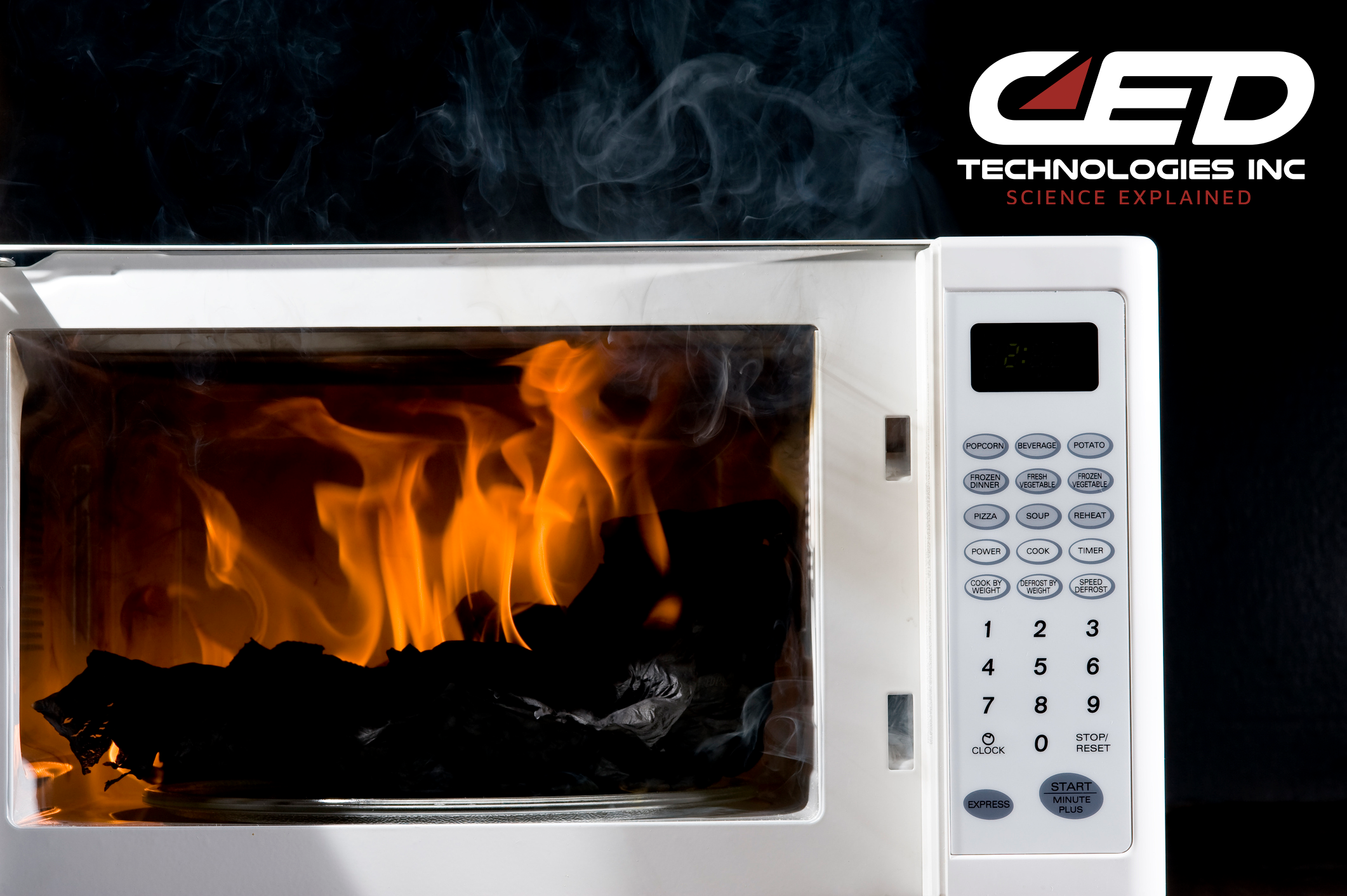Many times when a fire occurs, the investigator or Fire Marshal is quick to determine causation as a product defect; the search for the underlining cause of the fire then begins. A key factor in helping CED's engineers determine the cause of a fire has been understanding the wiring involved in the home or commercial product and the product's proper design. This brings us to the discussion of a topic called “Reverse Polarity,” and how reverse polarity and not an appliance can cause a fire.
Most house appliances in the United States use normal 110 AC power. The power cord for the appliance has either a three-prong plug or a two-prong plug where one plug is larger than the other. In a three-prong plug, the large cylinder prong is the ground, the left upper blade is neutral, and the upper right is energized or “Hot.” A three-prong plug can only be inserted into the wall outlet oneway; a deadly combination occurs when users remove the round ground prong and insert the resulting two-prong plug into the wall outlet in reverse. On a two-prong plug, the larger blade is normally neutral and the smaller blade is hot;
the large/small blade design can only be inserted into the wall outlet one way.
Reverse polarity can also result from an improperly wired wall outlet. If the hot and neutral leads are reversed at the outlet, then when a plug is properly inserted, the power to the appliance will have reversed polarity. This can occur if after wiring the outlet, the installer does not check the polarity of the outlet with a simple polarity plug that can be purchased at any hardware store.
Other examples of actions causing reverse polarity
• Unauthorized modifications to a three prong plug.
• Faulty wiring with an extension cord.
• Unauthorized modifications to a two- prong plug to make it fit in reverse.
Does a product work if reverse polarity exists? The short answer is yes, but the plug configuration now bypasses safety mechanisms that would normally protect the product from potentially becoming dangerous. What is bypassed is the fuse in the appliance designed for the hot source is now on the neutral side; if a power surge travels to the outlet or product, the fuse can interrupt the electricity and protect the electrical components thereby avoiding the potential for a fire.
Warning Signs of Reverse Polarity
• History of shocks from an appliance.
• Failure of an appliance after only and few years.
• Fire or burn patterns on the outlet, plug, surge protector or grounded chassis.
• No sign of electricity when the circuit breaker is not tripped.
CED engineers have both the education and experience in investigating fire and electrical causation. These engineers can be an excellent source when reviewing a claim or litigation to ensure that every angle has been explored when investigating causation.






